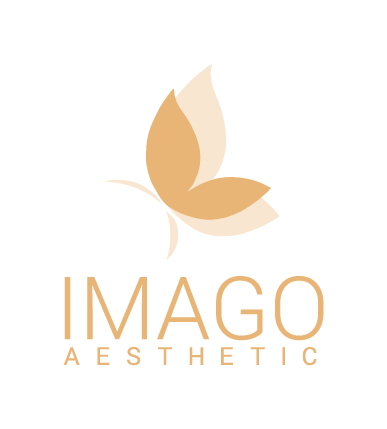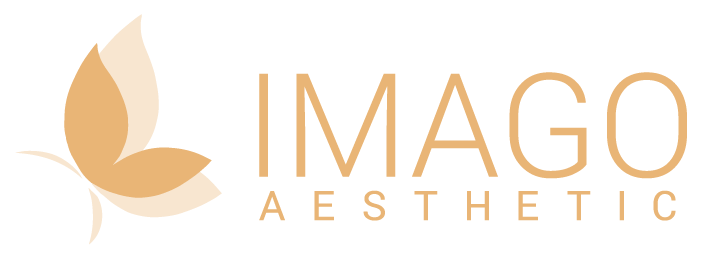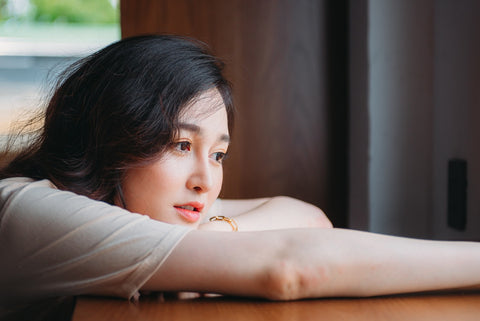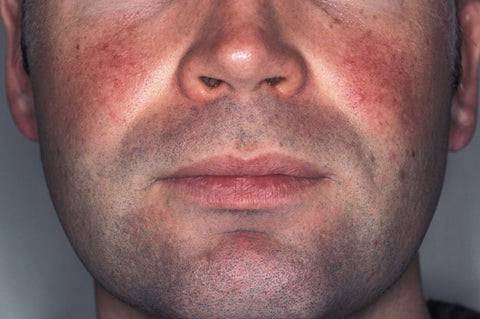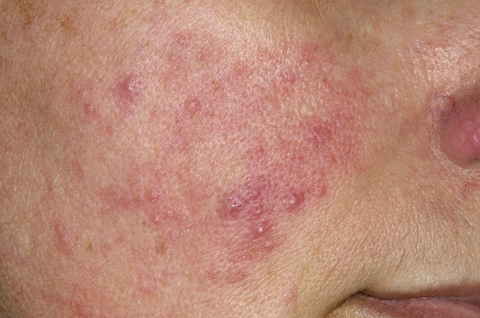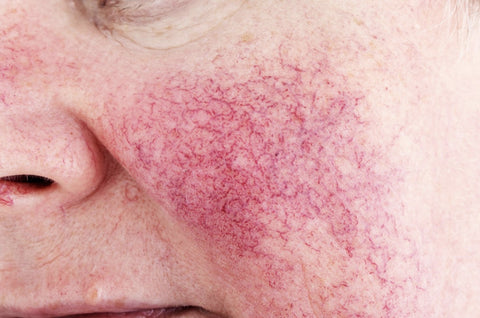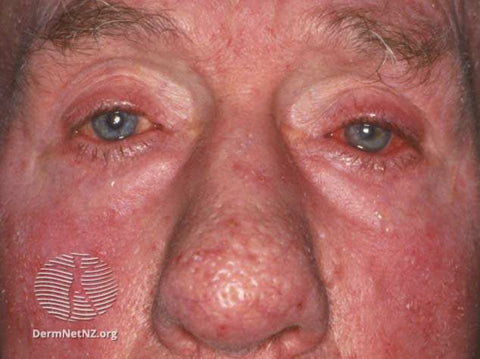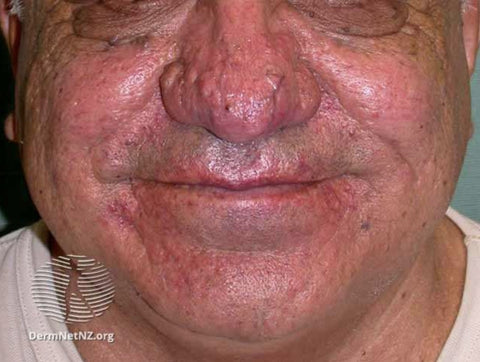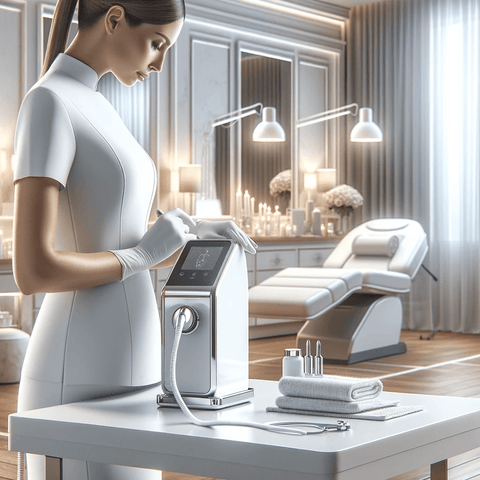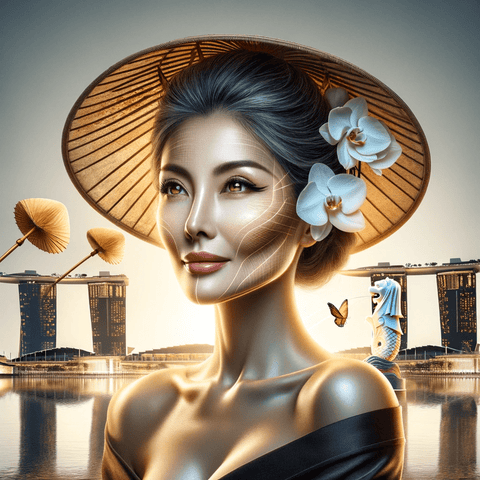WHAT IS ROSACEA (FLUSHING) ?
Rosacea (roe-ZAY-she-uh) is a common skin condition that causes flushing or long-term redness on your face. It also may cause enlarged blood vessels and small, pus-filled bumps.
Rosacea redness on face is a chronic inflammatory skin condition that affects the face and can worsen with time if left untreated.
While there is no known cause for rosacea or a permanent cure for this condition, there are a number of ways that can be used to relieve the symptoms of the disease
In this article and guide, we will discuss the causes, symptoms, differences between rosacea and acne, treatment options, prevention tips, and who is more likely to develop the condition.
WHO GETS ROSACEA / FLUSHING?
A permanently red face is the most common sign of rosacea. Rosacea redness on face can affect anyone, but some groups are more likely to get the condition, including:
- After the age of 30
- Women
- Light-skinned people, but doctors may overlook it in people with darker skin because this skin tone can hide discolored skin
DIFFERENCE BETWEEN ROSACEA AND ACNE
Although rosacea and acne look similar, they are two different conditions. Acne typically develops during adolescence, while Rosacea skin tends to affect adults over 30. The cause of acne is excess sebum production and clogged pores, while the cause of rosacea face is inflammation.
DOES ROSACEA / FLUSHING EVER GO AWAY?
While rosacea skin cannot be completely cured, effective rosacea redness treatments are available that significantly diminish its symptoms, such as redness, spider veins, and other skin changes. These rosacea treatments also play a vital role in reducing the frequency and intensity of future flare-ups, enhancing overall skin health and appearance.
HOW DO YOU TREAT ROSACEA FACE?
There are various oral and topical medications that can alleviate the signs and symptoms of rosacea, like inflammation, bumps, and pimples. Aside from oral and topical rosacea redness on face treatment, medical lasers and energy devices like Q-switched laser as well as intense pulse light can be used to reduce flare-ups and repair damaged skin. By combining medical lasers, clinically proven energy-based devices, and lifestyle changes, we can improve rosacea symptoms and/or mild rosacea.
Our team of doctors at IMAGO Aesthetic develop a unique rosacea therapy with combination of lasers and energy-based devices as part of your rosacea redness treatment. The rosacea redness on face treatment is comfortable, minimally invasive and personally customised to suit every individual need. The symptoms and signs of rosacea redness on face vary from person to person, so a detailed assessment and consultation will be needed to understand your concerns before designing a treatment plan tailored to reduce the appearance of blood vessels and improve your skin quality.
TIPS TO IMPROVE ROSACEA FACE
To complement your rosacea redness treatment and improve your rosacea skin condition, you may also consider the following steps to help manage your rosacea redness on face;
1) Apply sunscreen of SPF30 and higher in order to ensure you are properly covered
2) Use gentle skin care products that are alcohol-free
3) Change your dieting habits to equip with a more balanced diet and avoid spicy food
4) Apply water-based moisturisers
5) Avoid triggers such as sunlight, extreme hot or cold weather
| RF MICRONEEDLING TREATMENT INFORMATION | |
|---|---|
| Treatment Time | 60 minutes |
| Recommended Session | 3-6 sessions |
| Recommended Interval | Every 4 weeks |
| Recovery Time | Minimal to No downtime |
| Treatment Price (RF Microneedling IMA SX Dual Wave) | From $499 |
FAQ
Rosacea on face / flushing is a chronic condition, which means your symptoms can come and go unexpectedly. If you know certain things in your environment trigger your symptoms, avoid those triggers to prevent a flare.
Rosacea is a harmless condition and only causes skin discomfort and appearance changes. Severe and untreated cases can lead to skin disfiguration that most often affects your nose. Surgery treats severe cases of rosacea, but many people find relief from mild symptoms with prescribed medicines or over-the-counter (OTC) creams, gels or lotions.
Over-the-counter makeup products can help cover rosacea. Makeup varies based on your symptoms and could include:
- Green-tinted base moisturizers can minimize redness if you have a pink-to-red tint to your skin. The color green balances the red tone.
- Concealers or foundations that are oil-free and one shade lighter than your natural skin tone.
- Mineral powders to reduce redness using fewer ingredients that could irritate your skin.
- Fragrance-free or sensitive-skin products to avoid skin irritants.
- Topical antibacterial creams to treat skin redness and small acne-like pimples.
- Sunscreen to protect your skin from the sun’s harmful UV rays, which can trigger symptoms of rosacea face. Many makeup products are multi-functioning and include sunscreen in addition to other ingredients.
Some studies suggest that spicy foods, like hot wings and jalapeño peppers, can trigger symptoms of rosacea. Every person diagnosed with the condition will have unique and personal triggers in their environment and there’s no guarantee that spicy foods will cause a flare of rosacea. If you have a flare of symptoms after eating spicy foods, avoid eating these types of foods to prevent future flares.
